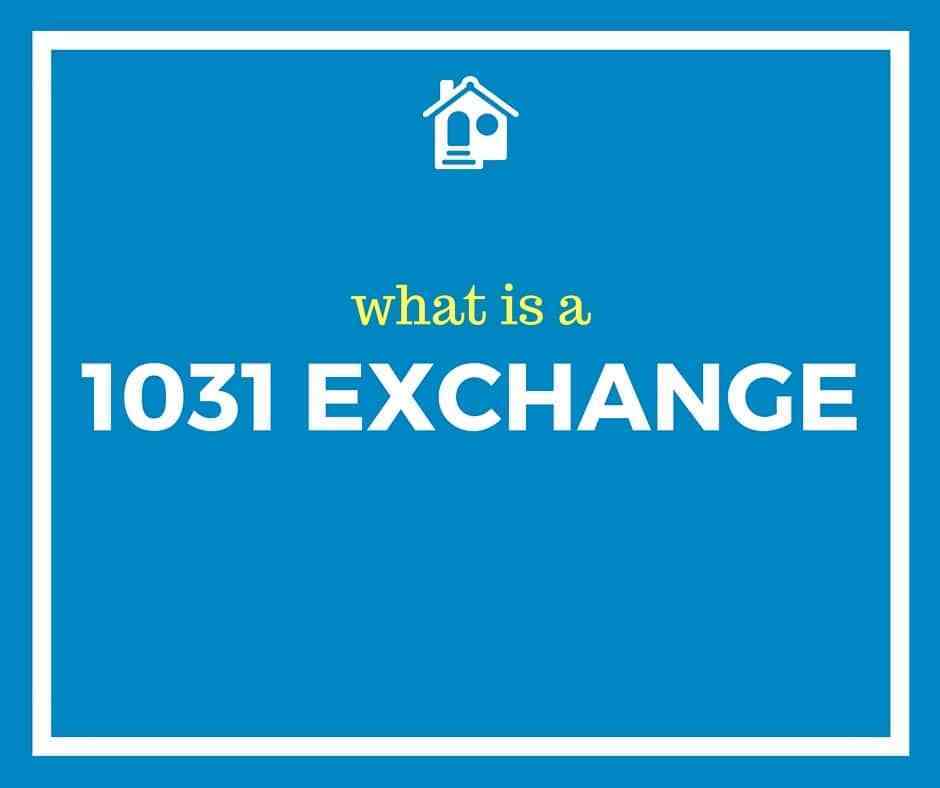Real estate has many tax benefits that the ordinary person may not be familiar with. 1031 Exchange is one of those tax benefits widely used by professional real estate investors. Imagine having the ability to legally avoid having to pay taxes on the sale of your home. Wouldn’t that save you a lot of money? With a 1031 Exchange, you can do just that as long as you follow the proper guidelines.
There is widespread ignorance on the modalities about this exchange; as a result, 30-40 percent of property owners end up paying tax during the sale. Exchange 1031 not only fructifies into essential tax savings, but also makes swapping of property possible in the fairest manner. No wonder the 1031 Exchange excites the property market so much.
The new income-generating replacement property gives the investor the double gain of added income and savings from a tax that would have otherwise gone to the IRS coffers.
Besides saving the buyer from a huge tax burden coming in the guise of capital gains, the instrument offers maximum immunity and flexibility in reinvesting the money gained from the sale in a replacement property within a given period.
The exchange being time-bound is no kiddie play either. In every exchange of this kind, Qualified Intermediaries (QI) plays a crucial role in connecting the buyer and seller. The Federal Tax Code makes the service of QI mandatory since 1991 in any exchange.
The federal nature of the 1031 Exchange regulations makes the Qualified Intermediary play a wizard in guiding and structuring the exchange, satisfying all parameters, and suiting the goals of the clients. It is the QI who does the paperwork required by the IRS to document the exchange. The QI carefully prepares all documents and serves the parties with copies of the exchange agreement, novation agreement, and escrow instructions.
The Exchange Agreement reads like a contract between the Exchanger and a Qualified Intermediary. The Exchanger explicitly agrees to transfer his old property to the Intermediary, in lieu of a new property to be supplied by the latter within 180 days. The contract outlines all terms and conditions under which the exchange of properties should take place.
For a 1031 Exchange to take effect, both the old property as well as the new property should be in the category of investment property, capable of generating income. The examples could be a rental property, bare land, vacation homes, or more.
As soon as the old property is sold, within 45 days the seller has to come out with a list containing two or three probable properties fit for replacement. The whole process of purchasing the new property or replacement property from the list must be over in a period of 180 days.
The exchange becomes bonafide only when the title stays intact and whosoever held title to the old relinquished property gets the title of the new property.
In between the sale and purchase of property, the seller of the old property would get no access to the money he accrued from the sale, as the money will be vested with the Qualified Intermediary till the exchange gets over. The 1031 Exchange process has matured and had many names in the past including Like-Kind Exchange, Deferred or Delayed Exchange, Simultaneous or Concurrent Exchange, Starker Trust or Exchange, Alderson Exchange, Reverse Exchange, Two, Three, or Four Party Exchange and Baird Exchange.
What is a 1031 Exchange
According to the IRS, a 1031 Exchange is a code that allows a taxpayer to defer recognition of capital gains and related federal income tax liability on the exchange of certain types of property. Essentially, what this means is that if you sell your property and buy another property at equal value or higher within a certain time frame, then you are allowed to defer the taxes you would otherwise have to pay that year. Be aware, this does not mean that you’re excused from paying taxes. However, there are no limitations to the number of times you can 1031 Exchange into another deal.
1031 Exchange Rules
To successfully qualify for a 1031 Exchange, you must follow the rules that are outlined by IRS guidelines. First, the property must be a like-kind property. You cannot 1031 exchange a storage unit for a residential property for example. The asset sold must be similar to the asset purchased. Another rule is that the 1031 Exchange can only be used for investment or business properties. Third, the replacement property should be of equal or greater value. A fourth rule is that you need to be the same taxpayer. The tax return and name appearing on the title of the property being sold must be the same as the tax return and titleholder that buys the new property.
You must also be aware of the timeline for using a 1031 Exchange. You as the property owner have 45 days after closing to identify up to three potential like-kind properties. Next, the exchange on the property must be completed within 180 days or a 180-day purchase window.
Benefit To Investors
Capital gains on an investment property can be financially impactful. Using the 1031 Exchange is a useful strategy for deferring your tax liabilities. In theory, as long as you continue 1031 Exchanging properties each time you sell, you can forever defer the taxes required to pay on capital gains. This strategy allows you to continue getting into better investment properties while freeing up capital that you otherwise would have lost.
Work with one of the many professional advisors here at Real Success that also work with investors. You want to make sure the process is done properly otherwise you could potentially be hit with a large tax bill. Once you are comfortable doing a 1031 Exchange, you can put it into practice the next time you sell an investment property and experience the benefits you receive when using real estate as a vehicle for generating long-term wealth.





0 Comments